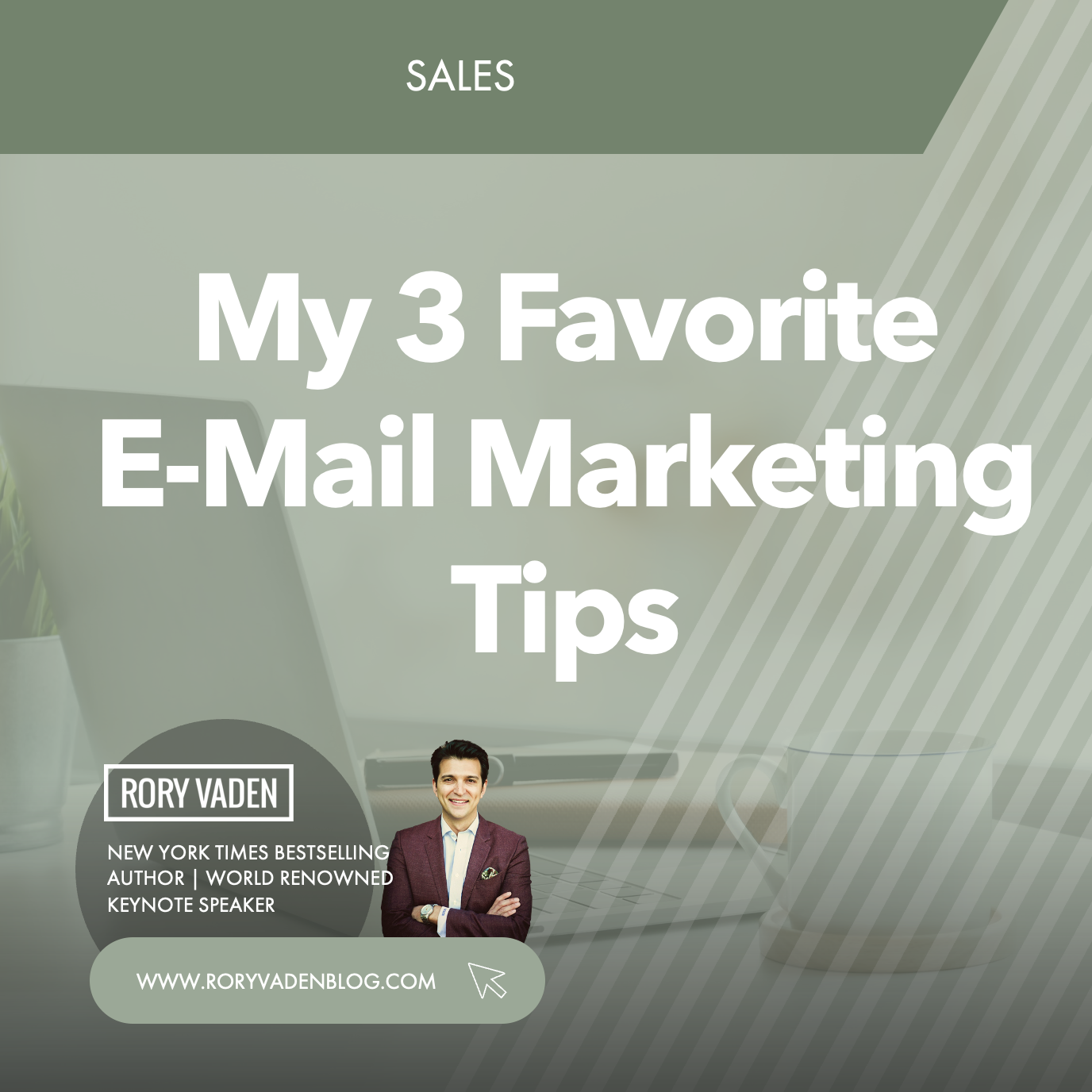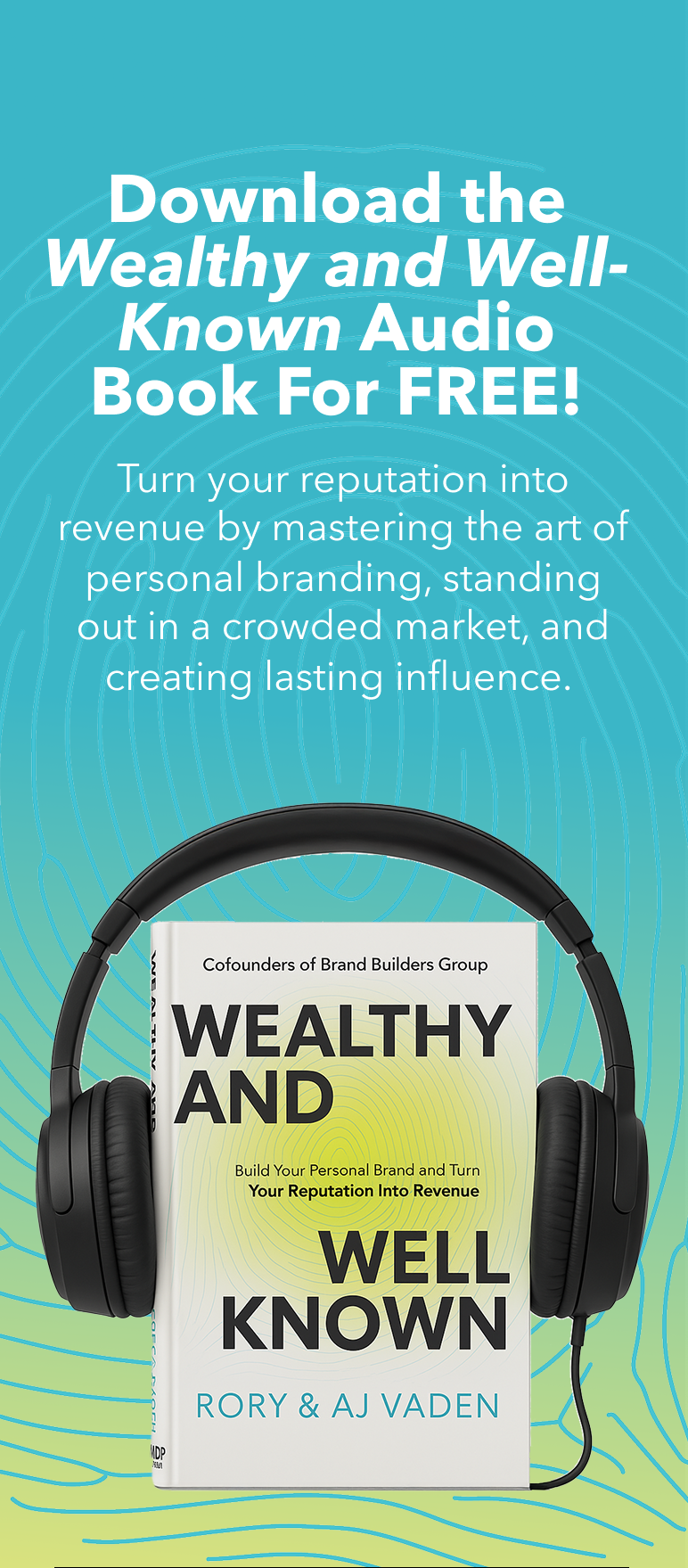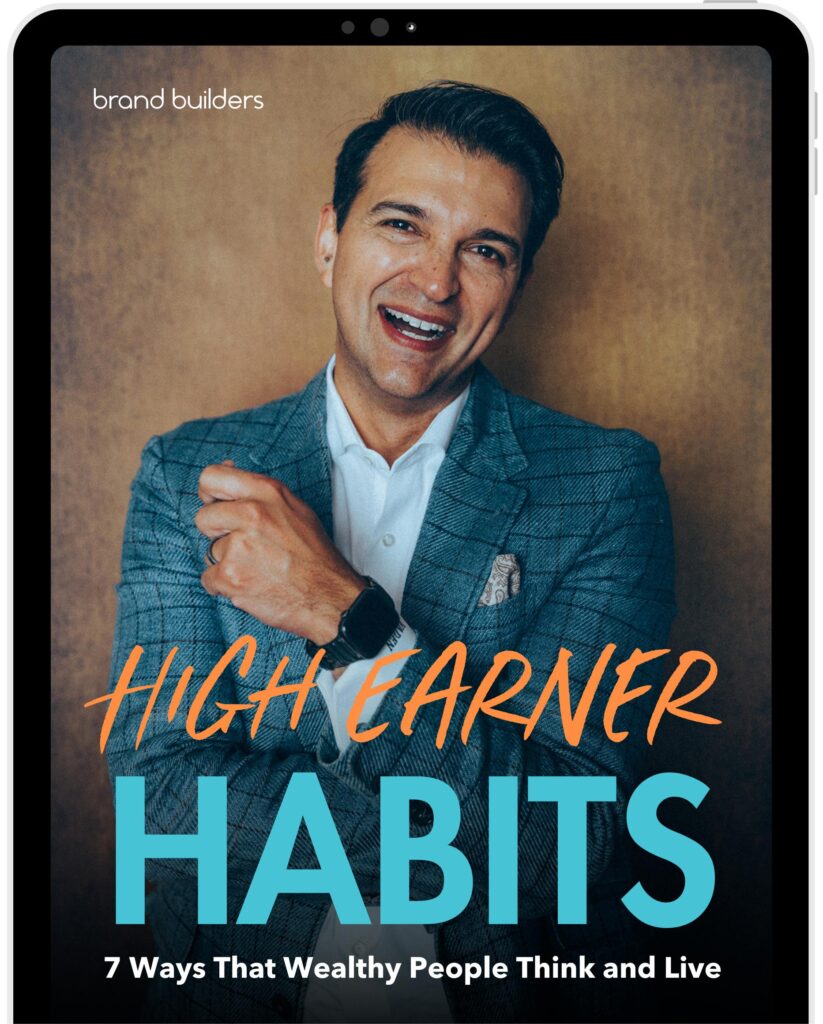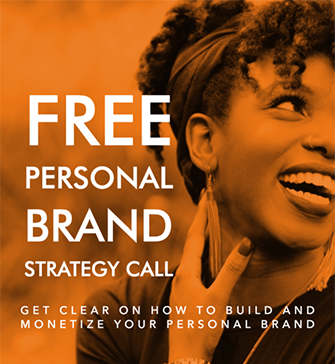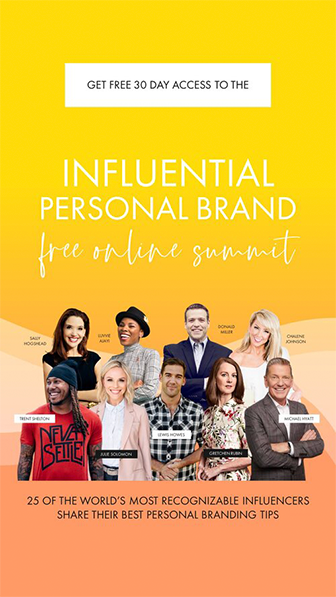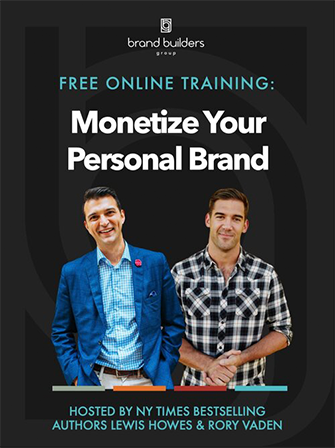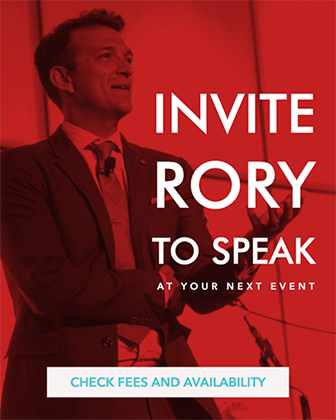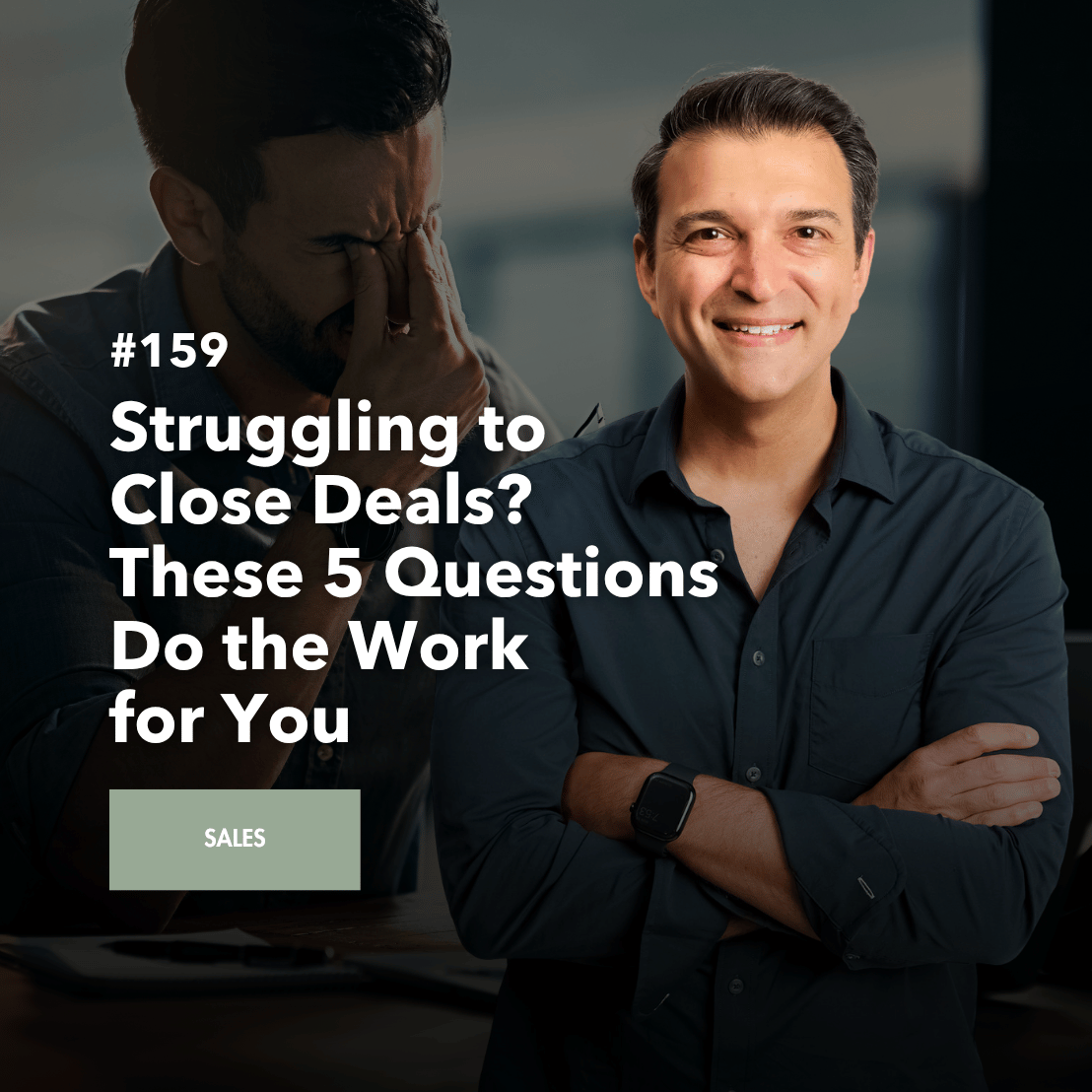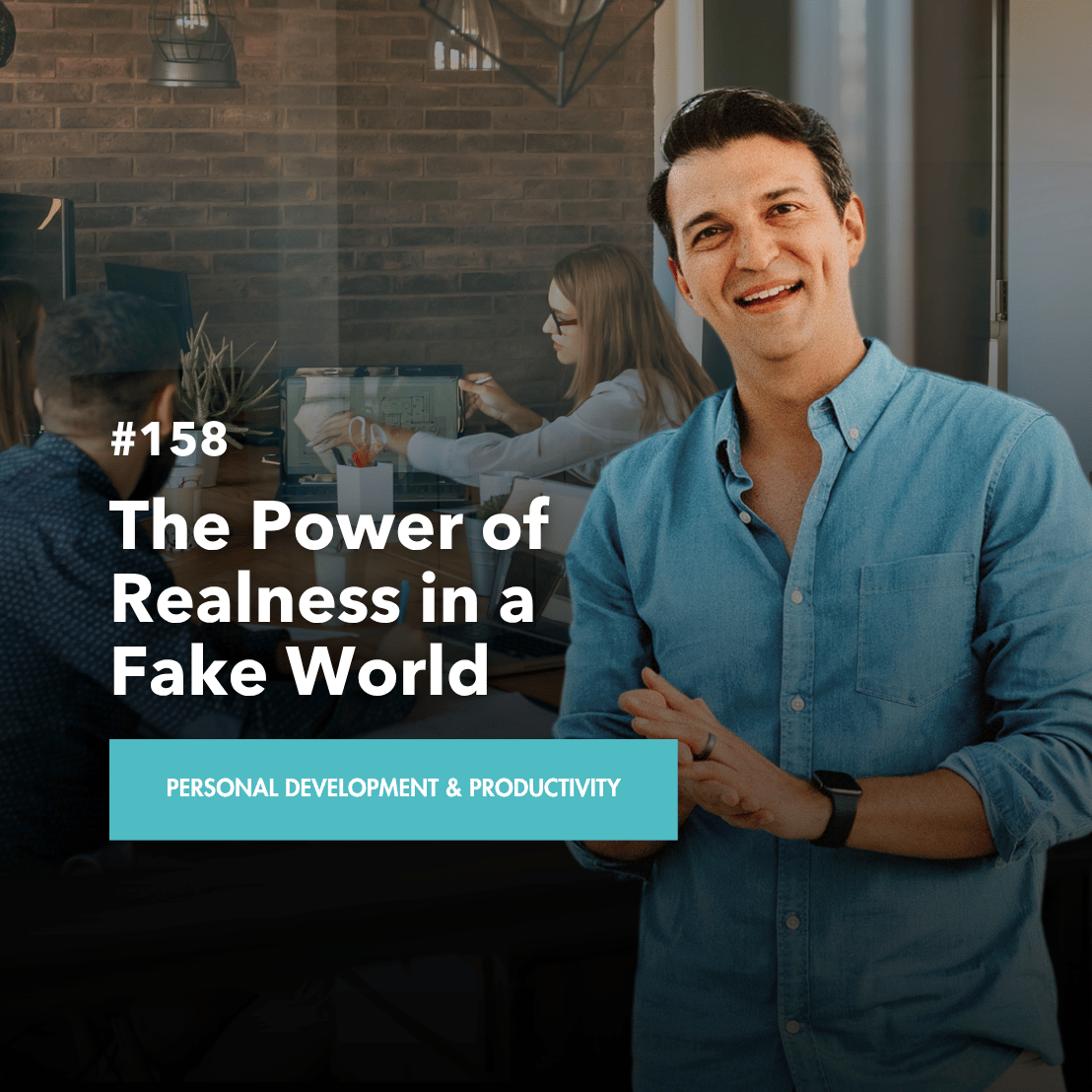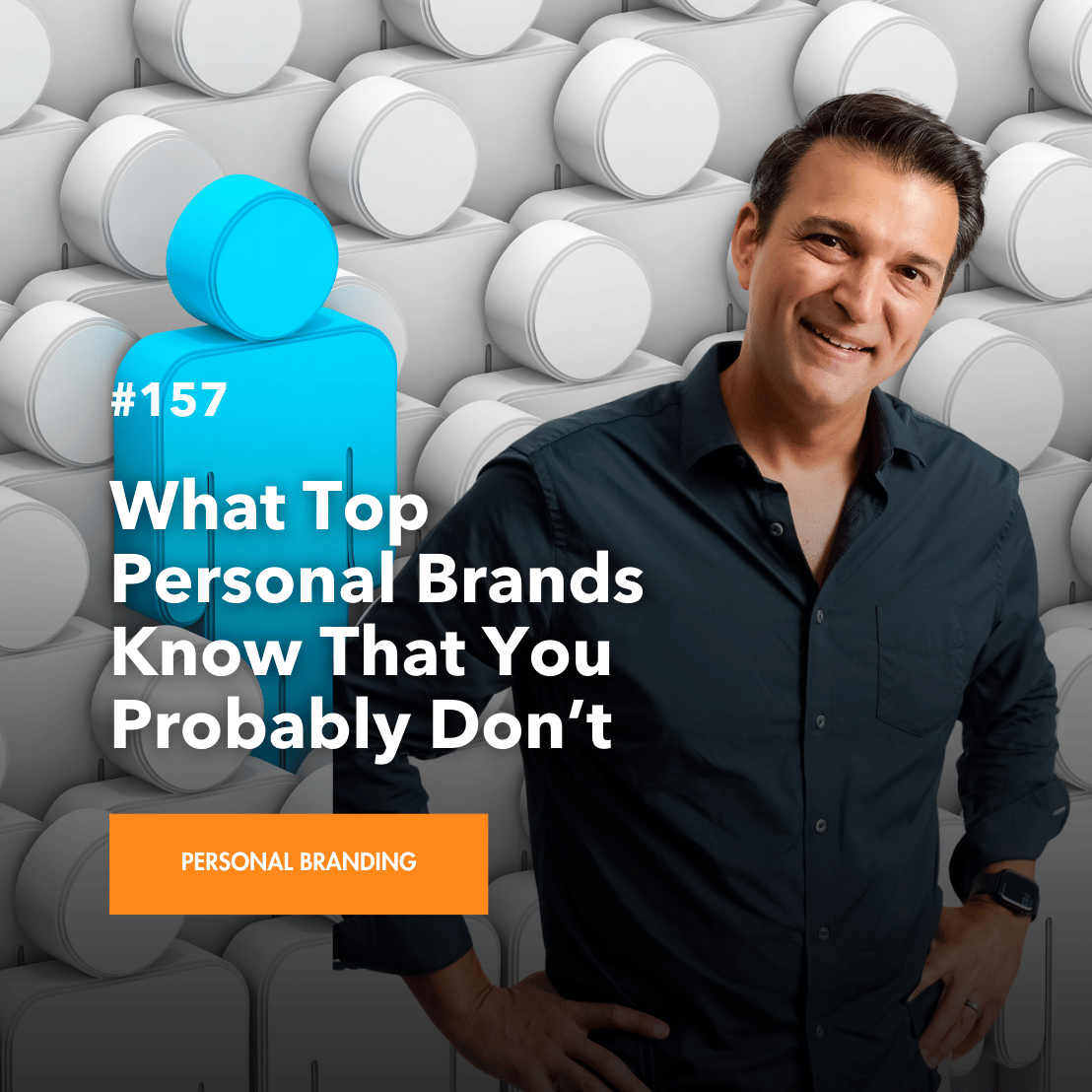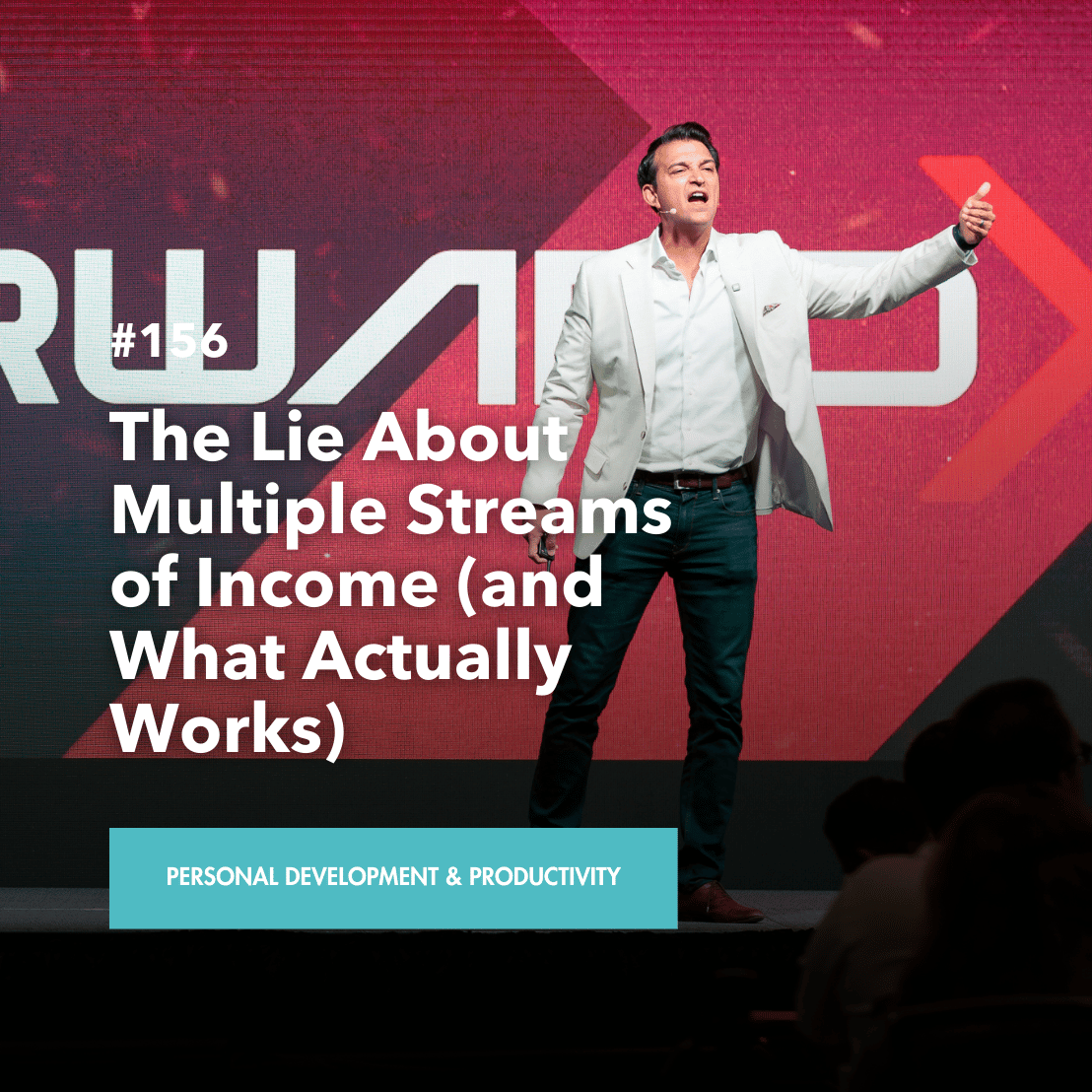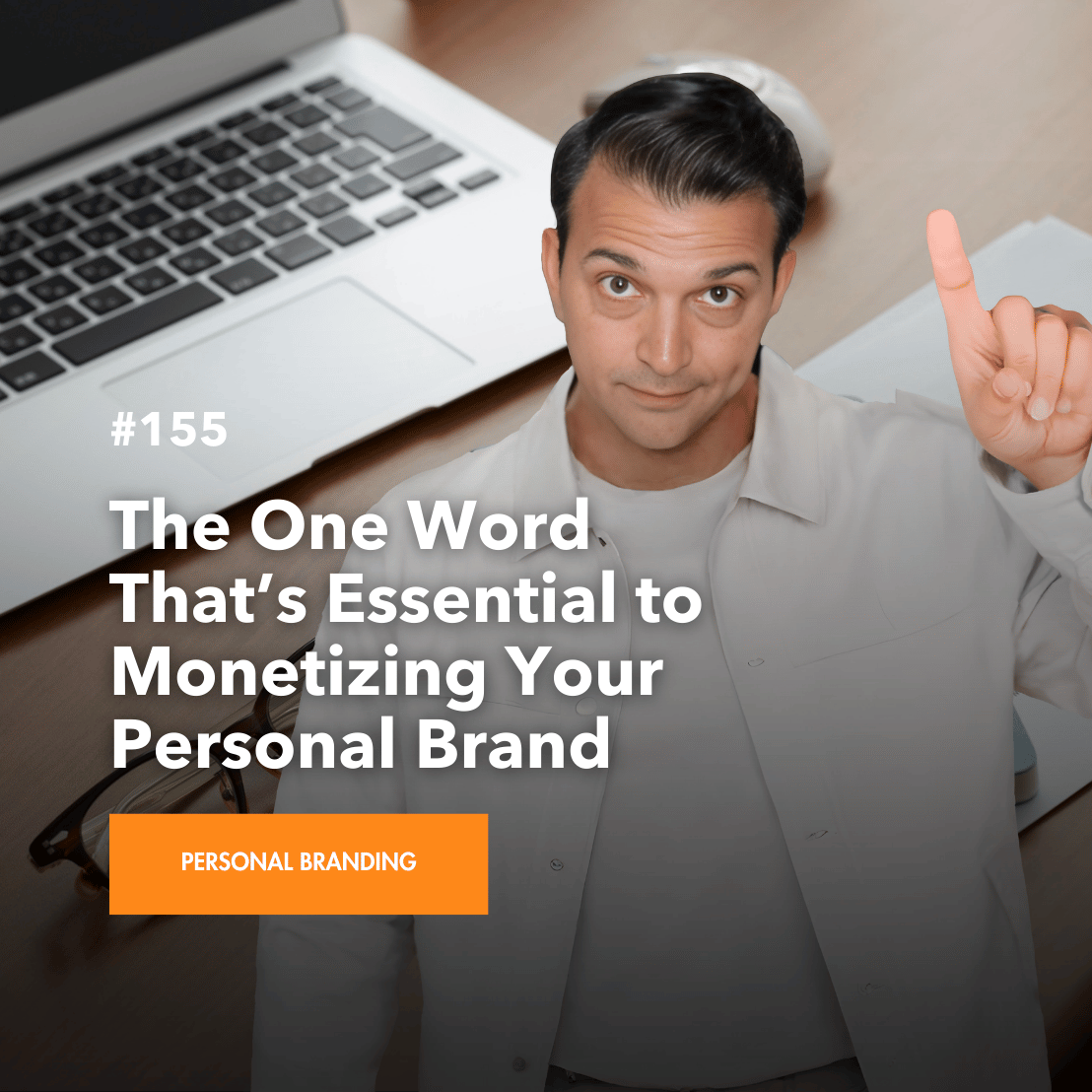After all these years, email marketing is still the king of monetizing an audience.
The crazy thing is that our internal marketing team just told me that our email list is about twice the size of our social media following.
For almost all our clients, it’s the opposite.
Normally, for someone to have the size of our email list they’d need to have MILLIONS of followers.
That’s why I’m going to share with you 3 of my favorite email marketing strategies.
1. The 4 Types of Email Marketing
The first strategy is understanding what we call, “The 4 Types of Email Marketing.”
This is actually something that we teach formally inside our Building Your Revenue Engine course.
In this course, we teach our entire content marketing machine and how we use it to convert, nurture leads, and automate trust.
Broadcast Emails
Take a segment of your list and send everybody in that group the same message at the same moment.
So, whether somebody signed up for your email list today or 10 years ago, they’re all getting the same message at the same time.
We use broadcast messages to speak about things that are either timely, or they’re big announcements. Timely, meaning it’s something happening in the news cycle like a holiday or something.
For example, we’ve had 13 clients that have hit the New York Times and Wall Street Journal Bestseller Lists. And whenever that happens, we send a broadcast email.
Long-Term Nurture
This type of email sequence is prescheduled and starts going out to your list the day they sign up.
The number one way we use this is for our evergreen magazine or “E-zine.”
Take the best content you’ve posted on your blog and convert that into a “Greatest Hits Series.” Every time you post something on a blog, your “old but gold” content gets pushed down.
That means new subscribers are probably never going to see your best content especially if you live by our mantra, “leave the best for first.”
So, instead of them missing out on your greatest content, send them an email of your greatest hits every month!
Long-term nurture emails also make sure I’m talking to my entire email list at least once a month and that automates trust.
Real Simple Syndication (RSS)
RSS, in common sense language, means that every time I post a new article to my blog, an email automatically gets sent to my list.
And this is cool because it’s automated. But, unlike the long-term nurture, which is your old stuff, it’s all your newest stuff and most relevant thing that you’re talking about today.
That’s also how we sort of balanced the staying relevant and super current with our email list, along with making sure they’re seeing our greatest hits.
Short-Term Nurture
This one is more commonly associated with the term “funnel”. Short-term nurture sequences mean that only a targeted set of your email list is going to get a series of pre-written emails that are hyper relevant to a behavior they’re engaging in now.
If you sign up for one of our free training funnels, you’re going to get an email that says, “Hey, thanks for signing up! Here’s a link to the free training you requested.”
Then, we use marketing automation to tell us whether you clicked that link and watched the free training. If you didn’t, it’s going to automatically send you another email in 24 hours saying, “Hey, little reminder, thanks for signing up for our free training. I don’t want you to miss out on all the value you’re going to get for free.”
If you watch five minutes of the training but abandon the video, it’s going to start a new sequence called the “Finish Sequence”. And it’s going to say, “Hey, we noticed you started watching the video, but don’t forget to finish, because here are some of the great things that come at the end.”
If you finish watching, but then they don’t take the action, whatever the action is, we’ll say, “Hey, here are a couple of reminders to take the action we want you to take.”
2. Control the Unsubscribers
My second favorite email strategy is to control the email opt-outs yourself, not the platform.
All the email marketing tools need to have an opt out function by law. So, when an email goes out, there must be an option to unsubscribe.
By the way, people unsubscribe every single time. Don’t get upset by that, it’s not a bad thing. You only want to be emailing people who want to hear from you.
But if people just hit that unsubscribe button, it starts to affect your ranking with the email service providers.
What we like to do is, we give an opt-out function, but we make a more noticeable link for people to opt-out somewhere above the default one.
That button allows us to control the language, which you usually can’t with the default setting.
When they click on that button it’ll take them to a form with 5 options instead of just unsubscribing them completely.
Option #1: I’m a super fan, email me every time you have something new for me.
If they select that, it’s going to give us consent to send them the broadcast emails we send occasionally, the Evergreen monthly E-zine, which is on autopilot once a month, and the RSS feed. So that means they’re going to get at least 5 or 6 emails every month.
Option #2: I only want to hear from you once a week.
We remove those out of our evergreen magazine and add them to the RSS. So, they’re just going to get the most recent stuff once a week.
Option: #3: I only want to hear from you once a month.
We unsubscribe those from our RSS feed so they’re not hearing from us every week but put them on our evergreen nurtures. Now, they’re hearing from us once a month.
Option #4: I only want to hear from you only when you have something big to share.
We unsubscribe them from RSS long term nurture E-zine but keep them subscribed to the broadcast tool.
Option #5: I never want to hear from you ever again. Please stop emailing.
What’s happening is we’re controlling their preference, because a lot of times people don’t want to unsubscribe completely.
3. Send to the “Unopeneds”
My third favorite email tip is super short. But if you’re not doing this, make sure you start doing it ASAP.
It’s to send to the “unopeneds.”
Every time you send an email, a whole bunch of people aren’t going to open it. Like 80% of people won’t even open your email.
So, if you send an email to 10,000 people, 8,000 of them aren’t even opening the email. It’s like they never got the email.
What we do is we send a broadcast with the same email three days later to everyone who has not opened the first email. Because if they haven’t opened it within the first three days, they are probably not going to open it.
Guess what the number of opens will be?
It’s going to be 20% of 8000, or even higher.
So, you’ve close to doubled the number of opens just by sending the email again.
And you’re not even annoying anyone. If they didn’t open your email, they probably didn’t see it in the first place.
If you don’t do these things, you’re literally leaving money on the table. These tips could literally double the income of your entire next launch or promotion.
If you want to learn more or feel like these tactics aren’t getting you the results you need, book a Free Brand Call with one of our Personal Brand Strategists today!
If you enjoyed reading this, come back every week for more tips that’ll help you skyrocket your business.
See you next week!
